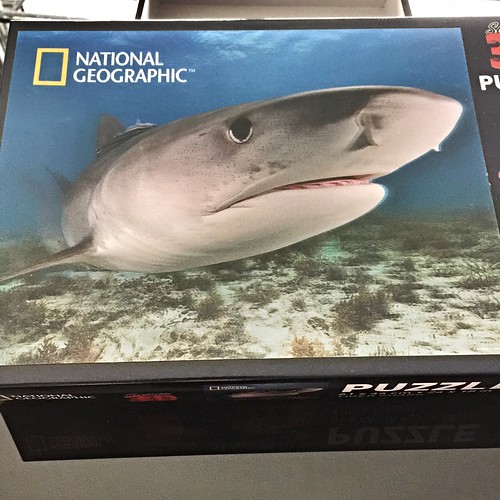 Playing with jigsaw puzzles have been touted to be beneficial for our brains. Although many of the claims have yet to be substantiated when we conducted our research of the literature, we did find that playing with jigsaw puzzles was good for developing short term memory and visual-spatial ability.
Playing with jigsaw puzzles have been touted to be beneficial for our brains. Although many of the claims have yet to be substantiated when we conducted our research of the literature, we did find that playing with jigsaw puzzles was good for developing short term memory and visual-spatial ability.
Why is short term memory important?
Short-term memory acts as a kind of “scratch-pad” for temporary recall of the information which is being processed at any point in time, and has been refered to as “the brain’s Post-it note”. It can be thought of as the ability to remember and process information at the same time. It holds a small amount of information (typically around 7 items or even less) in mind in an active, readily-available state for a short period of time (typically from 10 to 15 seconds, or sometimes up to a minute). – The Human Memory
Short term memory is one component of working memory – which we know is important if want our children to do well at school and in life. Short term memory is also the precursor to forming long term memories. If we can’t hold the information in our minds for even a short while, it will have no chance of ever being transferred into our long term memories.
Why is visual-spatial intelligence important?
Spatial ability is the capacity to understand and remember the spatial relations among objects. – John Hopkins University
Many tasks in everyday life require visual-spatial skills to help us solve them, for example:
- using a map to navigate through an unfamiliar city
- driving a car – being able to switch lanes, parking the car
- packing – how many items can fit into a certain box
Visual spatial ability is also important in certain areas of study, such as science, mathematics, and engineering. It is required when:
- Architects and engineers design buildings.
- Chemists work with the three-dimensional structure of a molecule.
- Surgeons navigate the human body during their surgical procedures.
- Sculptors visualise the end result of a sculpture trapped inside a matrix of stone.
Observation skills
As an avid jigsaw puzzle player, I believe that working on jigsaw puzzles also sharpens our observation skills, especially in detecting differences in colours and shapes. For instance, in some puzzles, the colour differentiation between one patch of blue from another is so minute that we are often unable to detect the difference initially. After working on the puzzle for a while, our eyes become more discerning to the differing shades of colours and where they belong. We also become more aware of the individual puzzle shapes – sometimes observing that a particular puzzle piece matches a corresponding.
Jigsaw Puzzles
Jigsaw puzzles are available everywhere but unless you can get the kids excited about them, it is difficult to realise their benefits. Additionally, for a jigsaw puzzle to develop these skills, it needs to be sufficiently challenging for your child.
We received this challenging 500 piece 3D National Geographic Jigsaw Puzzle of a shark from HappiKiddo. It was more challenging than the average jigsaw puzzle because it is a lenticular puzzle – that is, the image moves depending on the angle from which you are looking. Nevertheless, G1 eagerly took on the challenge (with my help) and we finished the puzzle after a couple of hiccups – it was dismantled twice while we were working on it!

Tentative research results demonstrate that simply looking at pictures of nature can improve brain function. If that is so, perhaps working on jigsaw puzzles of nature images might also lend some added advantage as well…
Regardless of whether it is or isn’t so, jigsaw puzzles are not only a great way to develop observation skills, short term memory and visual spatial intelligence, they are also a fun way to spend some family time together.
